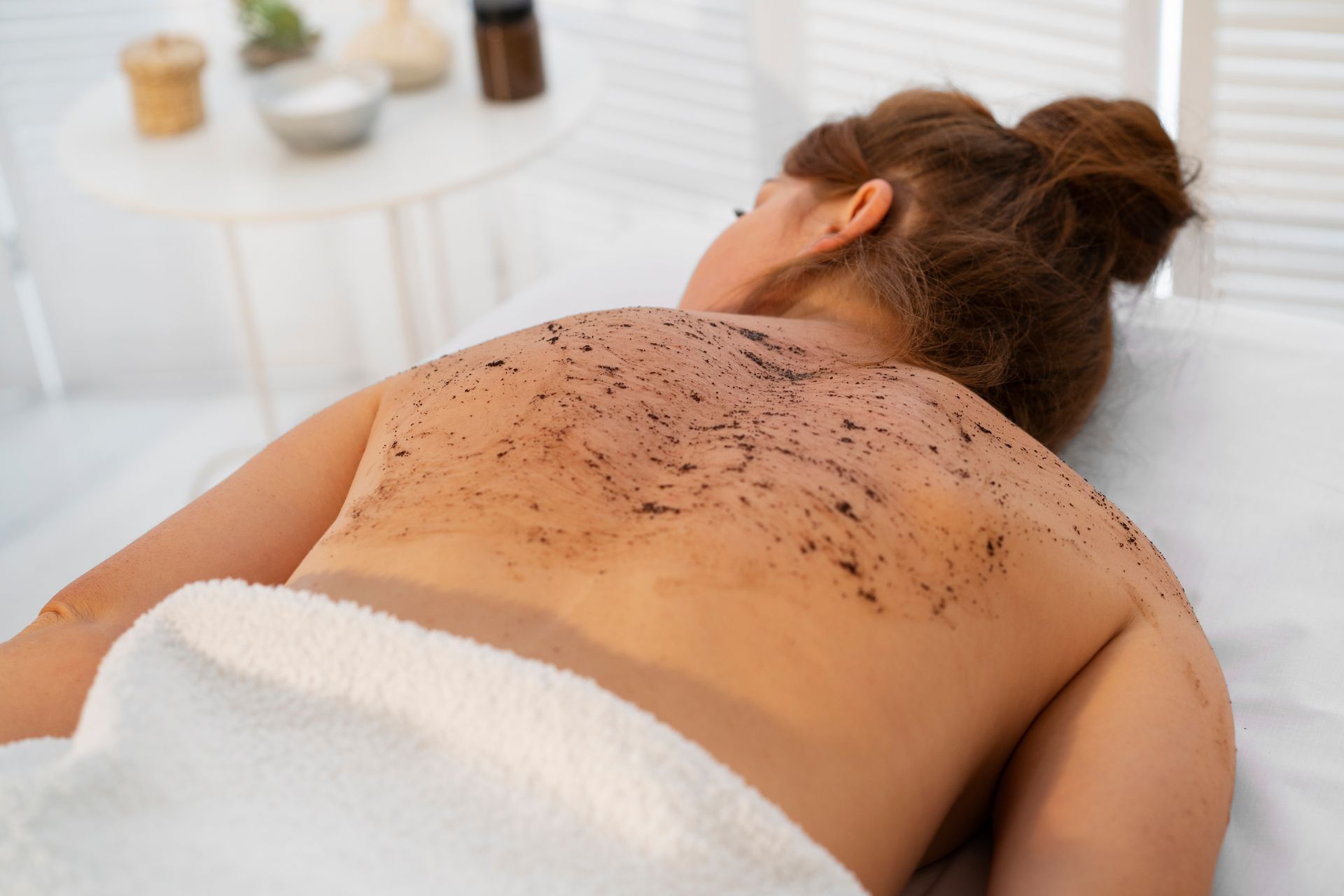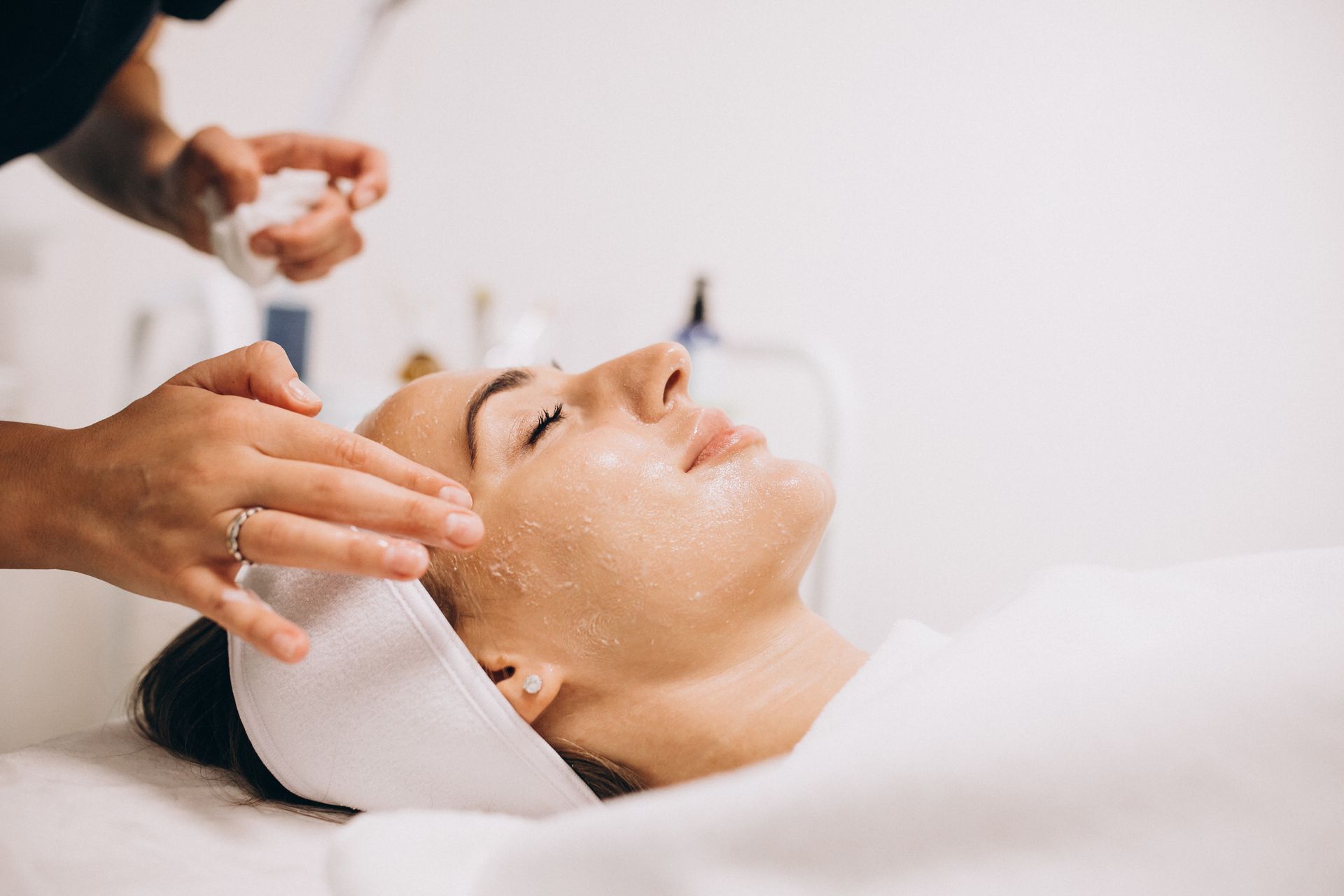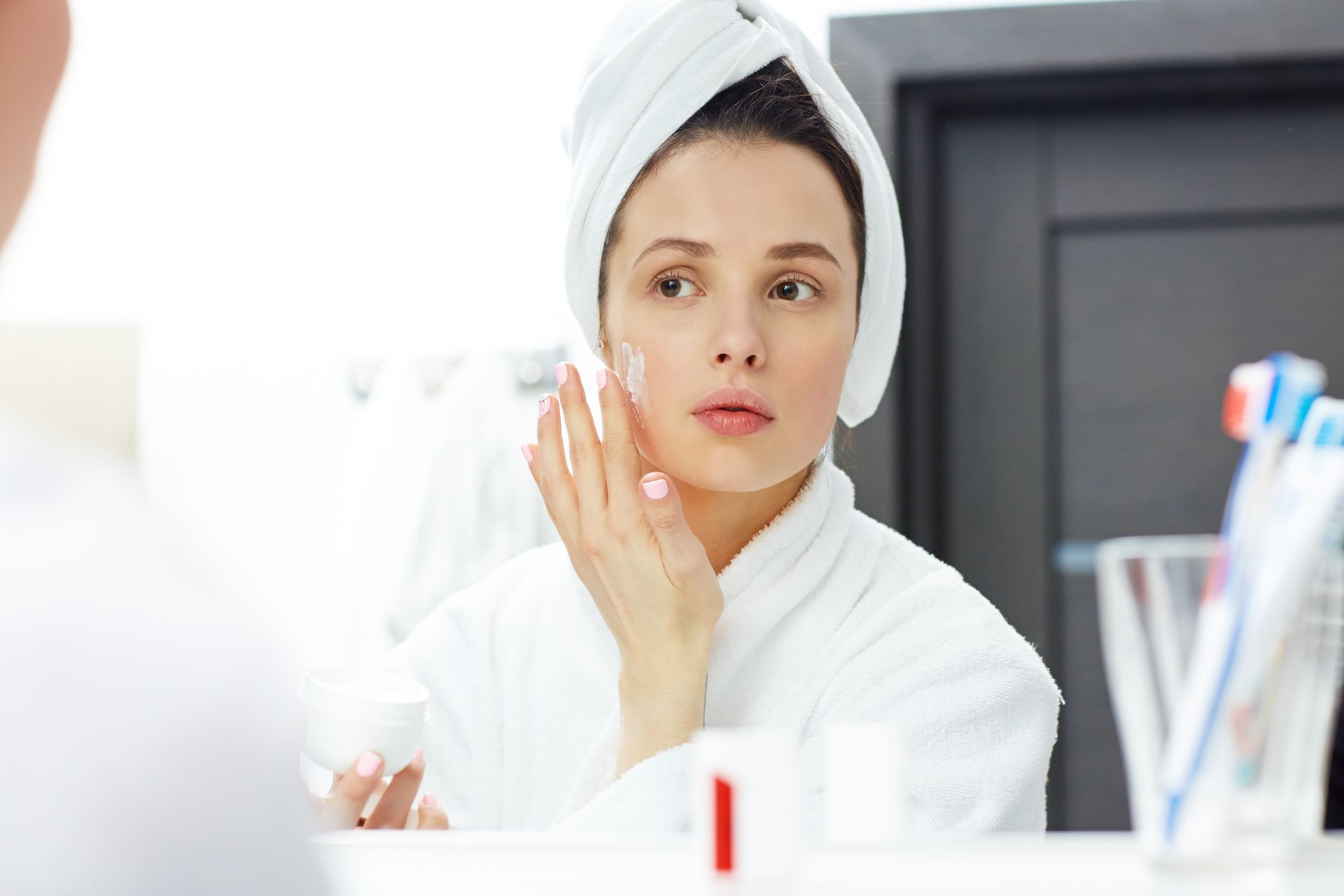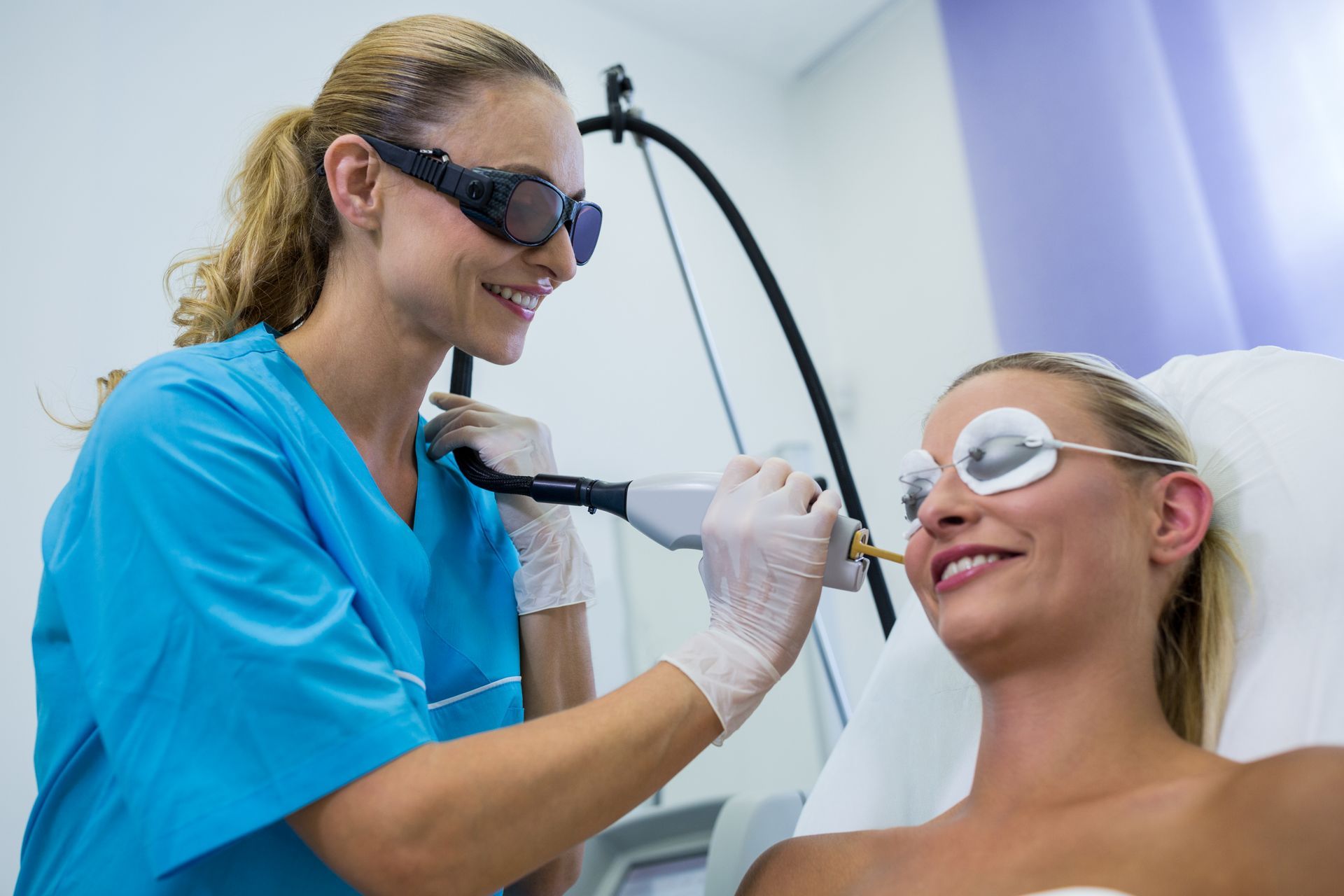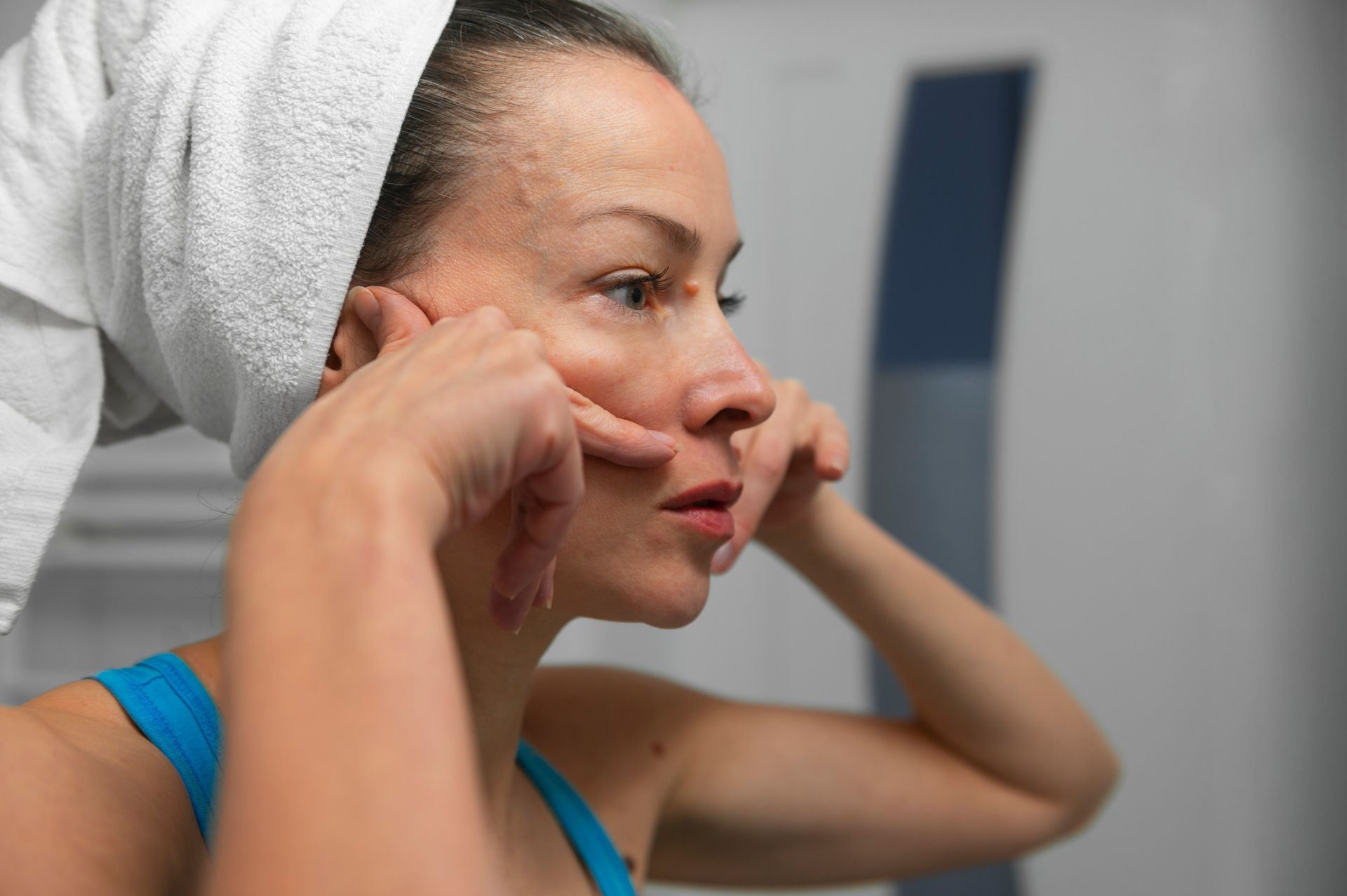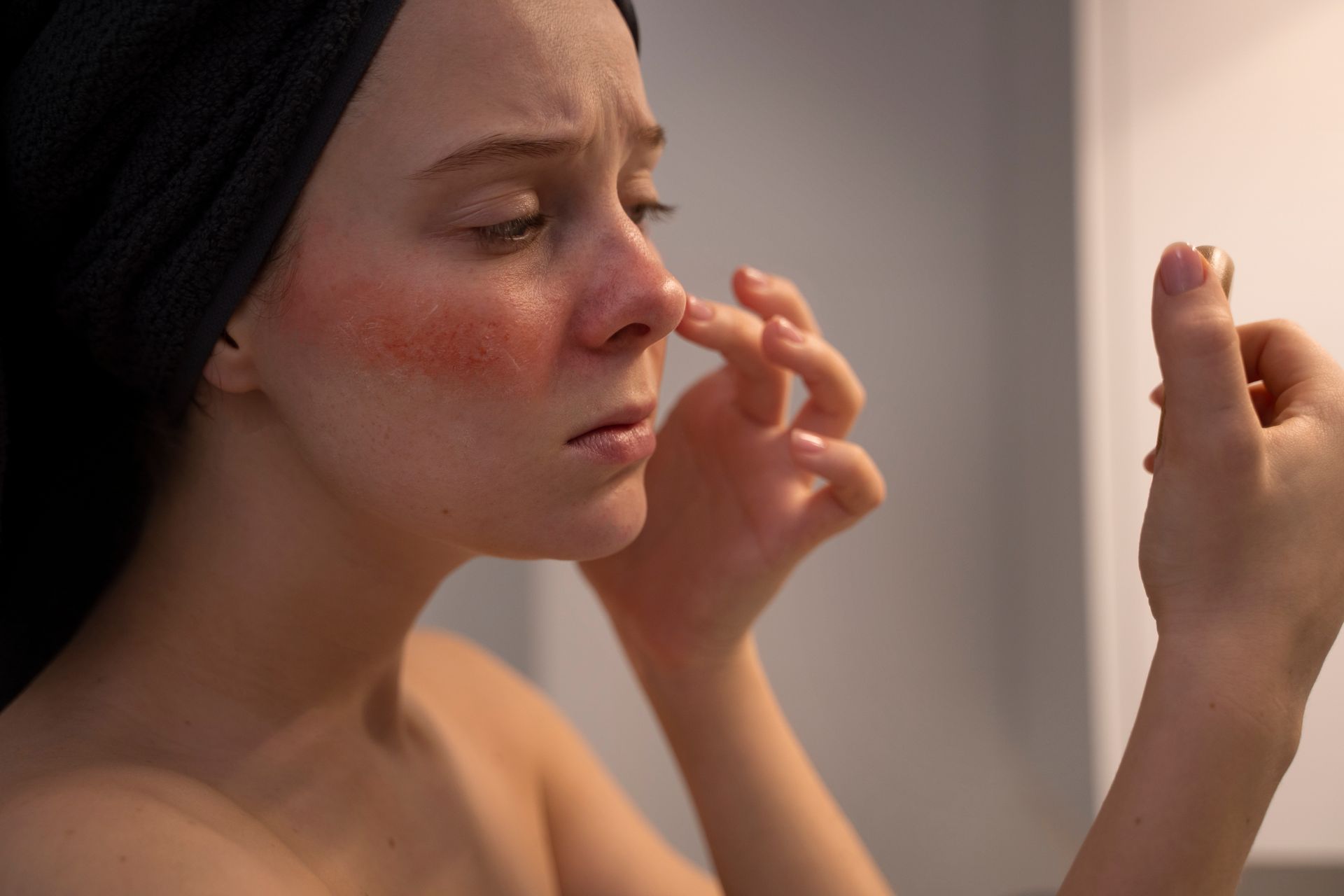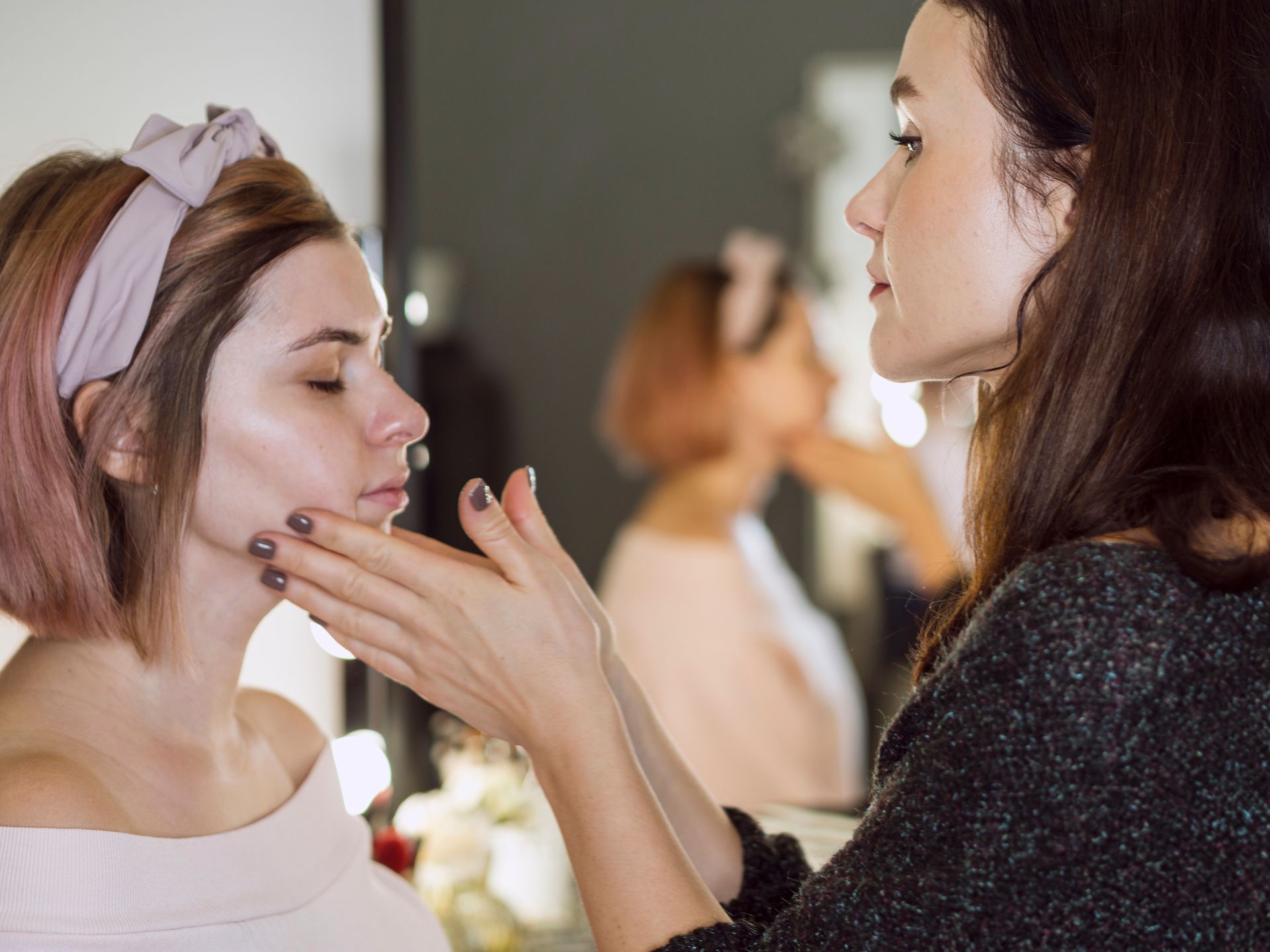How to Help Upper Lip Swelling After Laser Hair Removal
Laser hair removal is one of the most effective ways to reduce upper lip hair—but it’s not without a few side effects. One of the most common reactions after treatment is swelling, especially on delicate facial areas like the upper lip.
While swelling is usually mild and temporary, it can still feel uncomfortable or look a little alarming—especially if it’s your first time. The good news? There are safe, simple ways to reduce swelling and speed up healing so you can get back to your routine with confidence.
In this blog, we’ll explore why swelling happens, how long it lasts, what you can do at home to relieve it, and when to seek professional help.
How Many Sessions Do You Need for Upper Lip Laser Hair Removal?
Why Does the Upper Lip Swell After Laser Hair Removal?
Swelling, also known as edema, is a natural inflammatory response. When the laser targets your hair follicles, it creates controlled heat beneath the skin to disable future hair growth. This can lead to:
- Mild irritation
- Redness
- Swelling or puffiness, especially in sensitive areas like the upper lip
The swelling usually appears within minutes to an hour after treatment and can last for a few hours to a couple of days depending on your skin type and how it reacts to the laser.
How Long Does the Swelling Last?
For most people, upper lip swelling subsides within 12 to 24 hours. However, if your skin is extra sensitive or if the area was treated with a high-energy setting, swelling may persist for up to 48 hours.
The good news? With the right care, you can ease discomfort and reduce inflammation quickly.
Does Upper Lip Laser Hair Removal Hurt?
How to Reduce Upper Lip Swelling at Home
Here are some tried-and-tested ways to help your skin heal faster:
1. Apply a Cold Compress
Use a clean ice pack or wrap ice cubes in a soft cloth. Gently press it on the swollen area for 5 to 10 minutes at a time, with breaks in between. This helps constrict blood vessels and calm inflammation.
2. Use Aloe Vera Gel
Aloe vera has natural cooling and anti-inflammatory properties. Apply a thin layer of pure, fragrance-free aloe gel to soothe the skin and reduce redness or puffiness.
3. Keep the Area Clean and Bare
Avoid applying makeup, harsh skincare products, or creams on the area for at least 24 hours. Let your skin breathe and recover naturally.
4. Sleep with Your Head Elevated
If swelling is more noticeable by the evening, try sleeping with an extra pillow to keep your head elevated. This helps reduce fluid accumulation overnight.
5. Avoid Heat and Sun Exposure
Skip hot showers, saunas, or direct sunlight for at least a day post-treatment. Heat can increase swelling and irritation. Always apply broad-spectrum sunscreen once healing begins.
6. Skip Exercise and Sweating
High-intensity workouts or sweating right after treatment can worsen swelling or even lead to bumps. Give your body 24 hours to calm down before resuming your regular fitness routine.
What Not to Do After Laser Hair Removal on the Upper Lip
While it’s tempting to speed up healing, certain actions can actually make things worse. Avoid:
- Touching or picking at the area
- Using exfoliants, scrubs, or retinol-based products
- Applying makeup too soon
- Waxing or threading while the area is still healing
Treat your upper lip gently to prevent irritation or post-inflammatory pigmentation.
When to Be Concerned About Swelling
In most cases, swelling is mild and fades on its own. However, contact your clinic or dermatologist if you notice:
- Swelling that lasts longer than 72 hours
- Blisters, burns, or severe redness
- Pain that increases instead of improving
- Signs of infection like pus, heat, or fever
These may indicate a reaction that needs professional evaluation or treatment.
How Long Does Laser Hair Removal on the Upper Lip Last
How to Prevent Swelling in Future Sessions
If you experienced swelling during your first treatment, you can take steps to reduce it next time:
- Ask your provider if they can adjust the laser settings slightly
- Use a cooling gel or numbing cream before your appointment
- Plan your session at a time when your skin is calm—not during a breakout or your menstrual cycle
- Follow all pre-care and post-care instructions closely
With each session, your skin usually adapts better, and side effects become milder.
Huggie Beauty Makes Skin Recovery Easier
At Huggie Beauty, your comfort and skin health come first. That’s why we use FDA-cleared laser systems designed to minimize irritation, along with calming post-care treatments to soothe sensitive areas like the upper lip.
Our trained professionals guide you through the entire process—from preparation to healing—with personalized care and practical advice. Whether it’s your first laser session or your fifth, we’re here to make every step smooth, safe, and stress-free.
Final Thoughts
Upper lip swelling after laser hair removal is common, temporary, and completely manageable. With a little patience and the right care, your skin will bounce back quickly—leaving you with smoother, more confident results.
The key is to stay calm, treat your skin gently, and follow your provider’s instructions. If swelling lingers or feels uncomfortable, don’t hesitate to reach out to a trusted clinic like Huggie Beauty for support.
Ready for smoother skin without the stress? Book your consultation today and let us guide you through every step of your laser journey.
BOOK YOUR FREE SESSION
